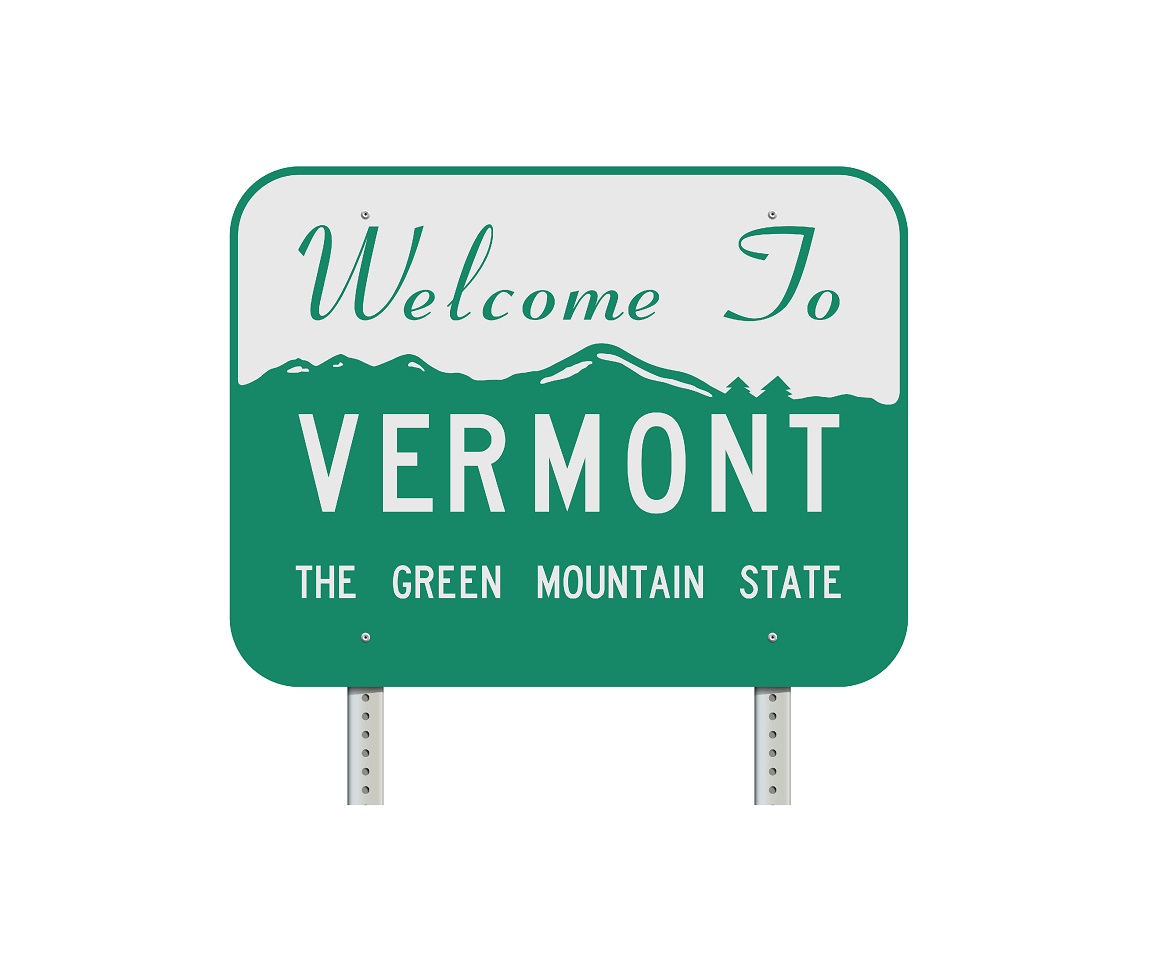White Christmas, Maple Syrup, and…Saffron?
With the Christmas season in full swing and the official holiday only a few days away, it seems appropriate to make a northern state the next subject in our tour of America’s land-grant university system. In case you are new to this journey, over the past two years, we’ve been making periodic, virtual visits to individual states around the country. At each, we conduct a high level survey of its agricultural profile as well as its supporting public research institutions. This installment is our 25th, marking our halfway point.
If you are a fan of classic holiday films, you are likely familiar with White Christmas starring Bing Crosby and Rosemary Clooney (aunt of the more contemporary George). Depending on your level of fandom, you may even know that the principal backdrop of the movie is little Pine Tree, Vermont. I’m sure it is a beautiful place, if it actually existed. However, Pine Tree is fictional and the movie was shot entirely in southern California studios in 1953. Despite this little detail, the seasonally ubiquitous White Christmas–both song and film–is synonymous with the Green Mountain State and thus serves as the connection for our stop this week.

You know what else is synonymous with Vermont? Maple syrup. The state that ranks #45 in terms of land area also ranks #1 in maple syrup production–by a fairly large margin, too. According to the U.S. Department of Agriculture’s National Agricultural Statistics Service (NASS), Vermont produced 1.75 million gallons of maple syrup in 2021. That was over one million gallons more than the runner-up: New York. All told, that is about 47 percent of the total volume of maple syrup produced in the U.S. as reported by USDA. At a value of $32 per gallon, that kind of production translates to $56 million which makes it the second most valuable agricultural product produced in the state, behind hay. Other maple syrup-producing states after Vermont and New York are Maine, Wisconsin, Pennsylvania, Michigan, and New Hampshire, in order of production volume.
Curious about how maple syrup is produced? So were we! Fortunately, we found the video below which was very informative.
Although this may come as a bit of a surprise, Vermont also grows corn, soybeans, grains, forages, industrial hemp, and other crops. Much of the production is ultimately intended as a source of feed for livestock in support of the state’s animal agriculture industry, but the production is enough to warrant variety trials managed by the Northwest Crops and Soils Program within the University of Vermont (UVM) , the only land-grant university in the state. Founded in 1791, UVM states that it is the “fifth oldest university in New England (after Harvard, Yale, Dartmouth and Brown).” Its founding date coincides with the year of the state’s admission to the U.S., which was formalized on March 4, 1791. This made it the first state after the original 13 colonies to join the U.S.
No review of Vermont agriculture and the University of Vermont would be complete without answering the question, “What is a catamount?” According to the Vermont History Explorer website, “Catamounts are large wild cats that are also called panthers, cougars or mountain lions.” The fact that the UVM mascot refers to a category of cat and not a single species is an appropriate and compelling reflection of the very nature of Vermont agriculture itself. One does not need to look very hard or for very long to see the rich diversity and locally-focused agricultural industry.
Catamounts are large wild cats that are also called panthers, cougars or mountain lions.
https://vermonthistoryexplorer.org/the-last-catamount-in-vermont
Finally, we never know what to expect during these state-by-state agricultural surveys, and Vermont truly surprised us when we stumbled upon [checks notes] UVM’s North American Center for Saffron Research & Development. There is no way we could do justice to the amount of research done in this Modern Farmer piece, so we’ll just encourage you to go check it out for yourself. If you’re unfamiliar with saffron outside of the kitchen, just know that it typically comes from Iran and Spain and can sell for up to $50 per gram. In U.S. measures, that translates to more than $1,415 per ounce or more than $22,000 per pound! But do not be fooled into thinking it’s easy money before reading up on it.
We hope you enjoyed reading this holiday edition of our blog and wish you the merriest of Christmases this year!
